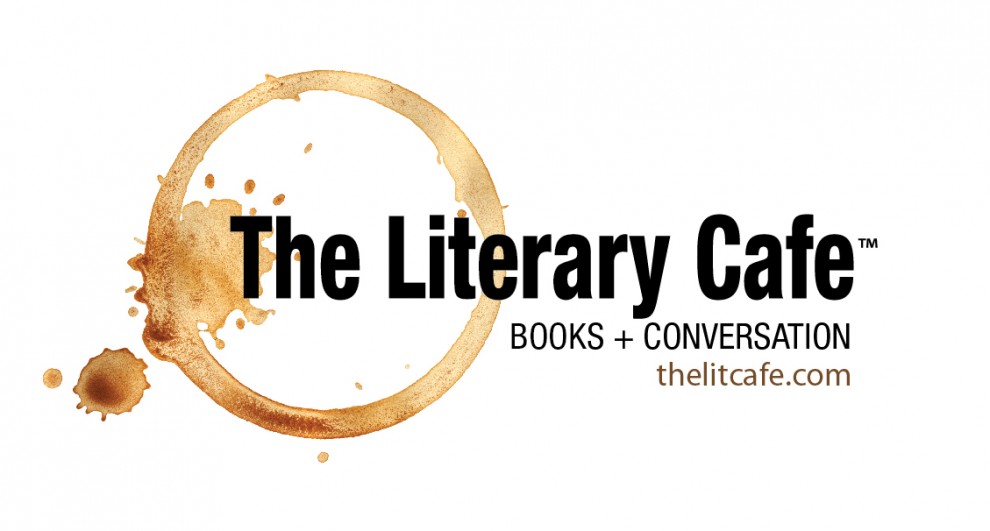The Jazz Palace by Mary Morris reads like a glorious jazz riff. Chock-full of the history of post-World War I Chicago, the story focuses on a gifted young piano player and his pursuit of a new form of music. His life intersects with a horn virtuoso, who has migrated North from New Orleans. They both find comfort and home with a family that owns a speakeasy known as The Jazz Palace. As they all grow up through the Roaring 20's, they contend with the violence, tragedy and creative energy that made Chicago. The book has all the makings for a great book club read -- although just read it for your own enjoyment.
I had the great pleasure of chatting with author and fellow Chicago native Mary Morris about her latest novel.
TLC: Why jazz? With so much going on in that time period, how did you land on music as the "thing" that drew all the characters together?
MM: This book evolved so organically and over so many years that it's hard for me now to remember how and when jazz entered the book. On the other hand it seemed as if it was always there. As with the 1960's it's so hard to think about the Jazz Age and not think about the music. But I suppose the honest answer is my dad. He played jazz. He fiddled as he called it. He never played professionally though he said he did play at rent parties and things like that before I was born. Music was a large part of who he was. So I guess that I wanted to understand him and the era he grew up in. I had to understand the music that fueled that era.
TLC: Were the main characters of Benny, Napoleon and Pearl "born" at the same time? Meaning -- in a city (Chicago) famed for immigrants how did you settle on the stories of two Jewish families and a black man escaping the South?
MM: Benny and Pearl were pretty much always in the book as were the gem sisters, the sinking of the Eastland. Napoleon came later though again I can’t say when. At some point I felt the need for a bigger story and, of course, in Chicago race is a big story. The race riots of 1919 tore the city apart. And Chicago has always been divided between the South Side and the North Side, and we know that that means black and white. One day I was in a cab going to the airport in New York where I live, and I was thinking about how I wanted to the story to go deeper into the history of Chicago. As we drove through the projects, I saw a graffiti. “R.I.P. Napoleon Hill.” By the time I got to the airport Napoleon was born. I loved doing the research about black migration and the history of blacks in Chicago. Louis Armstrong’s trajectory to Chicago, for example, is fascinating and it made its way into the novel. The story of the South Side is a very difficult history for the most part, but it had a huge impact on me and on the book.
TLC: The main characters all struggle with lost or parents that misunderstand them. Even Benny, who has a mother who frets over him, calls himself an orphan. Was family a much more tenuous, fleeting notion in that era?
MM: No I don’t think so. I think it’s just my notion of family that might be fleeting and somewhat tenuous. I did after all leave home at 18 and only return for summer vacations and holidays. Benny just feels misunderstood in his family, which he is. He tries to pull away, but he never really quite manages to do so. He calls himself an orphan because he wants to think he’s free but he’s not. It is the central contradiction in his life, but no it doesn’t reflect on families in general.
TLC: You mention the Eastland disaster was always apart of the book. Why?
MM: My dad was there the day it happened. He was running an errand for his dad and he was there when the ship rolled over on its side. He never told me about it in detail, but I never forgot that he saw this horrible tragedy unfold. When I began the book, it opened it. I actually tried at various times not to have the book open with the Eastland sinking, but in the end that is what opens the novel.
TLC: I love these characters, and I wanted to know what happened with the rest of their lives. Do you envision a sequel?
MM: That’s very funny. Actually the book, which now ends in 1933, used to go until 1968. There are hundreds of more pages that I cut out when I decided that this story needed to be much more focused and compressed in both time and space. So I do know what happens to them, though I don’t want to tell you here. Perhaps some day I will publish this second part. It already exists. It was a very big decision for me to throw out the second half, but it wasn’t working. But now perhaps that the novel is done I’ll revisit. It is of course always nice for an author when someone wants to know so what happened to them. It means that the characters were alive for that reader, and I thank you for that.
Book Club Extras:
Click here to access a Reader's Guide and Mary's other favorite books on jazz: Nan A. Talese
About the Author
Mary Morris is the author of fourteen books--seven novels, three collections of short stories, and four travel memoirs. The recipient of the Rome Prize in Literature, Morris teaches creative writing at Sarah Lawrence College.


